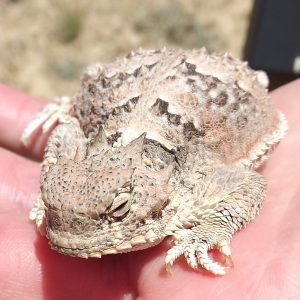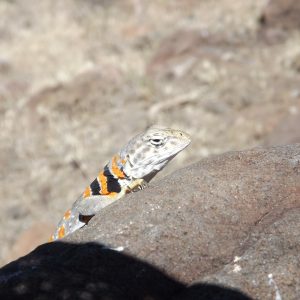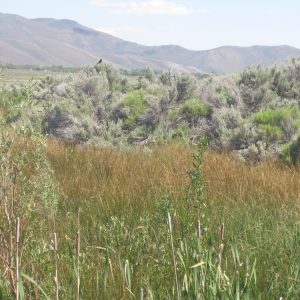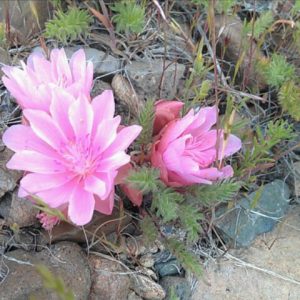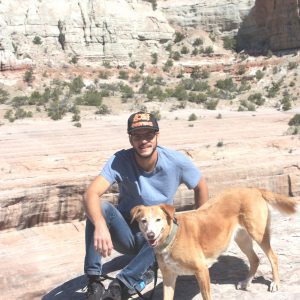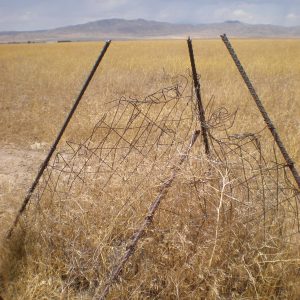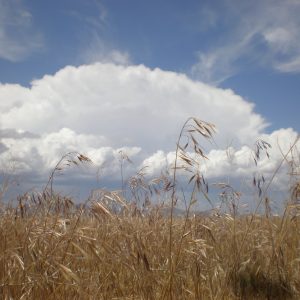Hello from Carson City, NV!
My name is Aileen Shaw and I am working with two other interns, Andie and Sasha, and the Carson City BLM on a Sage Grouse project.
“The greater sage-grouse is a large, rounded-winged, ground-dwelling bird, up to 30 inches long and two feet tall, weighing from two to seven pounds. It has a long, pointed tail with legs feathered to the base of the toes. Females are a mottled brown, black, and white. Males are larger and have a large white ruff around their neck and bright yellow air sacks on their breasts, which they inflate during their mating display. The birds are found at elevations ranging from 4,000 to over 9,000 feet and are highly dependent on sagebrush for cover and food.
Currently, greater sage-grouse are found in Washington, Oregon, Idaho, Montana, North Dakota, eastern California, Nevada, Utah, western Colorado, South Dakota and Wyoming and the Canadian provinces of Alberta and Saskatchewan and occupy approximately 56 percent of their historical range.
After a thorough analysis of the best available scientific information, the Fish and Wildlife Service has concluded that the greater sage-grouse warrants protection under the Endangered Species Act. However, the Service has determined that proposing the species for protection is precluded by the need to take action on other species facing more immediate and severe extinction threats.
As a result, the greater sage-grouse will be placed on the list of species that are candidates for Endangered Species Act Protection. The Service will review the status of the species annually, as it does with all candidate species, and will propose the species for protection when funding and workload priorities for other listing actions allow.
Evidence suggests that habitat fragmentation and destruction across much of the species’ range has contributed to significant population declines over the past century. If current trends persist, many local populations may disappear in the next several decades, with the remaining fragmented population vulnerable to extinction.” (www.fws.gov/mountain-prairie/species/birds/sagegrouse)
As part of building the scientific facts for this continued observation of the Sage Grouse a grant has made it possible for my fellow interns and myself to participate in inventorying the plant species found in the Sage Grouse habitat. Andie, Sasha and I have been working in Nevada for the last month, two weeks of which were spent camping in Mill Canyon in the Pine Nut Mountains about two plus hours south east of Carson City. It was an incredible experience. For a native of from New Hampshire the desert is a many layered place- the first is just brown, brown, brown- but along with that are many layers of thousands of shades of greens with miniscule flowers just waiting for someone to see them. Some of the larger flowers that are my favorites are the desert mallows (Sphaeralcea sp.) and the Paintbrushes (Castilleja sp.).
So far we have been lucky (in my opinion) to not have seen any snakes. There are, however, an incredible abundance of lizards. I am not sure of their species, possibly the Black-collard lizard (Crotaphytus insularis), Horned lizards ( Phrynosoma sp.) and Collard Lizard ( Crotaphytus collaris). We have also seen antelope, Jack rabbits, Desert Cotton tails, Sage Grouse, Mustangs, Chukars ( Alectoris chukar) a partridge that hatched out while we were out camping so we got to see all the chicks lined up following mom. Two night that we got back to camp around 9:00 ish at night we saw a pair of owls hunting.
So far the weather has been kind to us and we have had no damaged tents, wet nights or flat air-mattresses. While the days are long, hot and dry, they are filled with all kinds of adventures. Some rather frustrating, like hiking to a GPS point over 2 km away up and down about three “hills” with slopes at about 40-45 degrees to find at the base of the last hill… yup, you guessed- a road. But we did get to catch a horned lizard so that was fun.
As for the good parts…. Imaging being the only three people in hundreds or thousands of miles with a sky so blue there isn’t even the hint of a cloud, a horizon that stretches as far as you can see all around, mountains so big in the distance they fade to blue and purple with snow caps still striking against the sky. Imagine the silence- hardly a plane crosses over head, no cars go speeding by, no radios, no mechanical noises. Only the sounds of nature reach your ears. Only nature fills all your senses. One morning I woke up at 5 and crawled out of my tent and just sat there and listened. There was no sound but the silence was full of meaning, full of life, just holding its breath before the start of another day. A day that started with the music from a single bird’s throat.
So what are we doing besides making a lot of people jealous? We hike to a GPS location, usually a nesting site or a place the birds have been tracked to via telemetry, and set up a transect. Along this three pronged ( 25 meters each) plot we measure the canopy cover, plant heights, percent ground cover, plant species, Pinyon pine and Juniper encroachment ( a 100 meter square around the central plot) and general plant species list of the area. Sounds simple enough, but with GPS points, projecting etc, compass readings, distance estimates and angles and degrees you have to stay on your toes!





